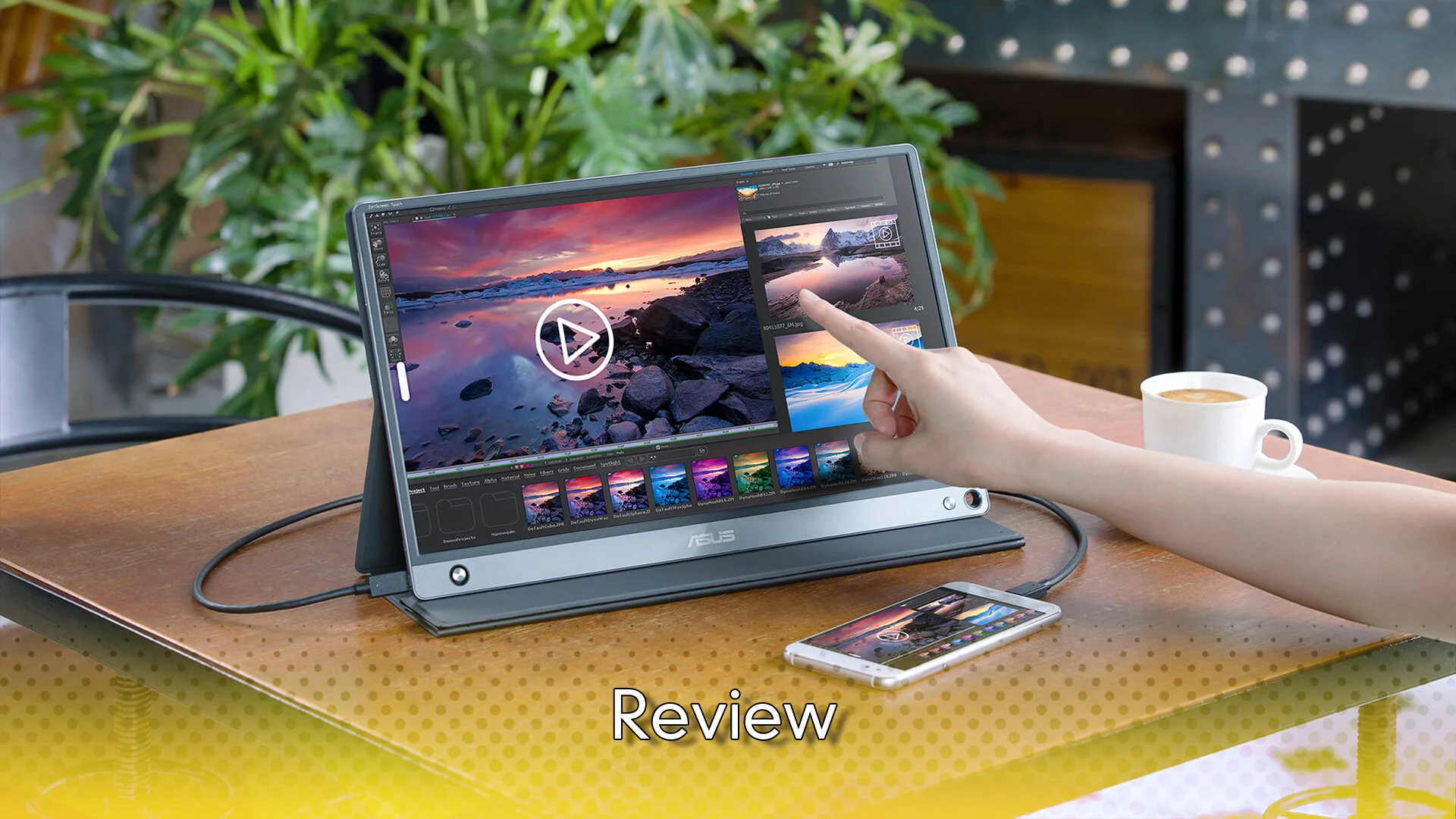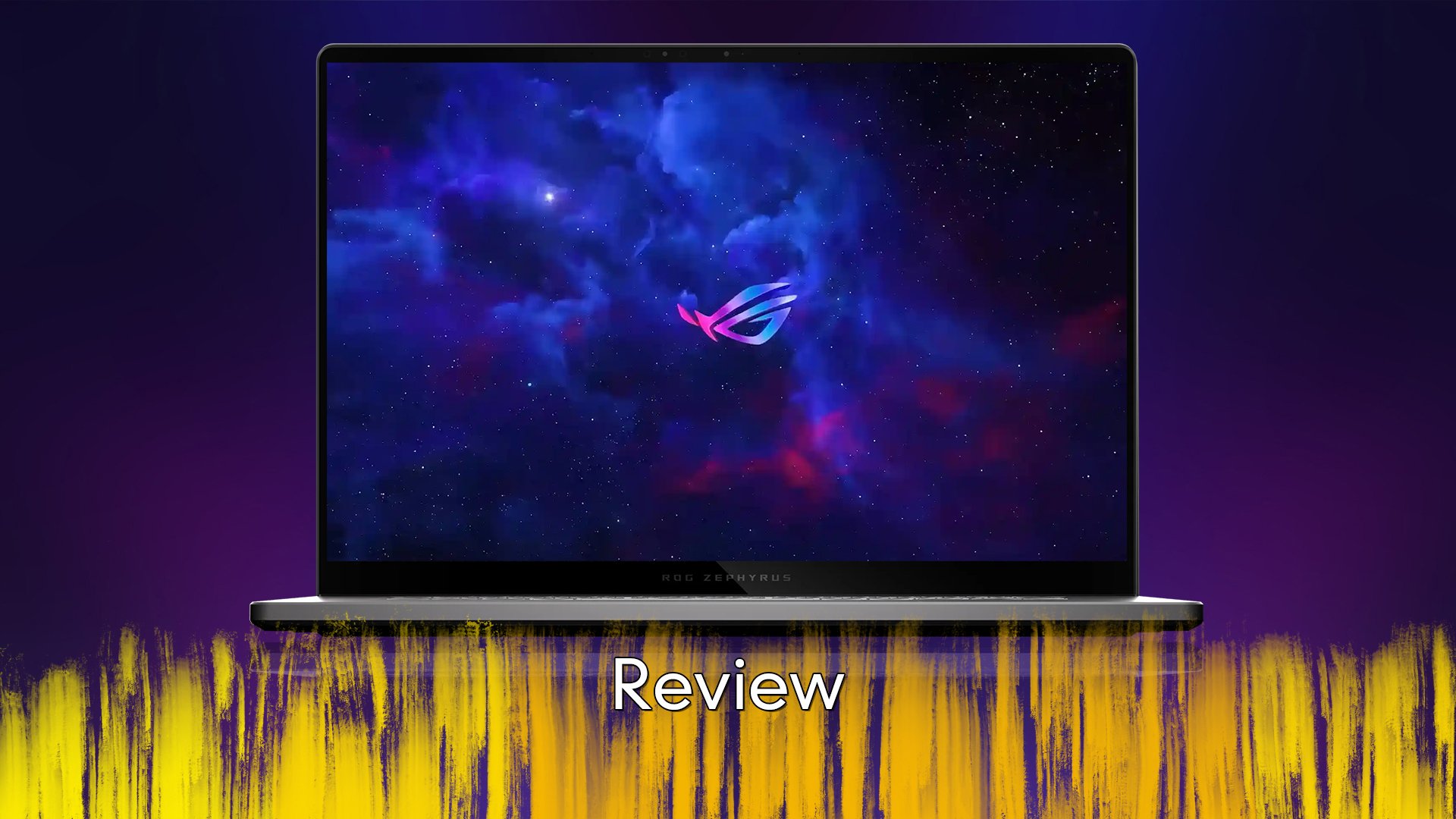ASUS StudioBook Pro X - Review

Over the years, there has been a change in the way people use laptops, first they were little tools designed to make working in an office easier, then they went and became gaming machines, but were too large to be portable, then they lost all of that and went Ultrabook. Now though, power has found a form factor and enables folks to game on the go, but also work on the go and that became even more apparent when the Quadro RTX laptops become a reality.
ASUS have been making big changes to how laptops function for the past few years, adding in second screens under the touchpad, or changing things up even more with the ROG Zephyrus Duo and with each iteration gamers were able to enjoy the games they liked, no matter where they were. But for those photographers, bloggers, designers and more, doing things on the go usually meant having to take a few concessions to their normal experience, but with the Quadro RTX systems, those were mostly removed. These laptops are able to support almost everything you can imagine, but is that enough to justify the multi thousand-dollar price point?
Something that might stand out to you, though it isn’t noticeable at first glance is that the screen sports a 16:10 ratio, whereas most laptops support a 16:9. The Microsoft Surface line does support a 3:2, which like the 16:10 actually provides a larger amount of screen, for very minimal increase in overall size, something very welcome on a laptop. The resolution of the screen is actually 1920 x 1200 across the 17-inch display and manages to provide a very accurate colour balance, which is especially helpful for those that work with photos.
Speaking of photos, using Adobe Photoshop or Affinity Photo was a treat, because, with the larger screen, there was far less need for me to have to constantly open up or minimise screen elements, in order to work properly. The screen clarity and colour also made sure that when I was looking at darker elements, they were the right colours, not shades of black that the computer is attempting to display back to me. Something that might turn some people off, especially given the base price is that the laptop does not come with a 4K display but given that it is more of a productivity machine, I didn’t see a problem with that.
Because this is a productivity machine and does come with that powerful Quadro GPU, there is a fair amount of weight to it, so while it is portable, you may not want to carry it with you all the time. The upside to all that weight is that the body is tough, like real tough, now for obvious reasons I didn’t start dropping it from office windows or such, but Asus have said it has passed the MIL-STD-810 test, which is the same test they use on military equipment. The fact that it is that durable is made even more shocking when you consider the hinge they used to connect the screen to the main body, now it is not a smooth as a Surface hinge, but I consider those to be witchcraft, but it does hold pretty firm when open. If for some reason you want to lay it down flat, the hinge does support that, but I can’t imagine many times you would want to do that. Of course we don’t really need to mention the outside looks of the laptop, something that Asus have had perfected for a few years now, with their brushed aluminium, it still looks amazing.
We have talked about the outside, the new screen and that hinge, but the other thing that makes this such a productive little laptop is that second screen, located inside the track pad. The ScreenPad, their name not mine, allows for some really wonderful shortcuts, think a much more useful version of that touchbar Apple put on their MacBooks. The screen can become a calculator, or folders or really anything and as it is located generally where your thumbs rest, it is super accessible, but it is also easy to touch, if you don’t mean to. ScreenPad also allows for movie and music playback, if for some reason you wanted to do that via the smaller screen, so there is that. Of course, located just above it is a sold keyboard, the keys themselves appear to be the chicklet kind, that you find on most laptops, but thankfully have a solid travel distance and response rate, to make typing a breeze. They are also backlit with a plain white light, which is a welcome addition though there is the occasional leakage of light from some the keys, so that may be off putting to some.
Another thing we need to discuss is the heat, this laptop is designed to perform, which means when you get going it is going to generate some strong heat, but again Asus have spent years optimising their cases to allow for the best heat flow possible and here is no exception. Located above the keyboard, there is a system wide grill for heat to escape, but also on the rear of the machine as well and of course there is a massive one underneath. Even when I was pushing it during video rendering, the laptop was able to keep its cool and while not ice cold, I could rest it on my lap, without feeling any major amounts of discomfort.
Oh before I forget, ports, something very important on a laptop and unlike other ‘business’ themed laptops, this one has the ports you need and in a decent quantity. On the left side you have power, HDMI, two USB-A ports, a 3.5mm jack and a SD card reader, which is quite a lot, but not all of them. On the right side, you have another USB-A port, an ethernet connector and two USB-C ports, meaning you have a solid amount of connection options, no matter your devices. For those where it matters, the USB-C ports are also Thunderbolt 3 compliant, so you can connect an external monitor or other device, without needing to worry about compatibility issues.
Of course, we can’t talk about a laptop that is designed to be a powerhouse, without talking about the battery life and this is perhaps the biggest weak point of the unit. When not connected to mains, the laptop can get around six hours of life, from just general use, ie web browsing and some music playback, the problem is that this is not a general use machine. Because this is designed to help you stay productive on the go, running programs like Photoshop, or Adobe Premiere Pro and even a few games, that battery life drops, a lot. Now I am not expecting anyone to take this to the beach and edit a movie on it, even though you could, but given its power for doing tasks, I would have liked to have seen the battery life be as strong.
If you are considering getting a ProArt StudioBook Pro X, first of all, enjoy but secondly double check you need it, while this is a capable gaming machine it is not designed for that, it is designed to be a workhorse. The problem is that because of its power and intended use, the price of it is high, like very high starting around $5000 depending on the specs you get, the best can set you back a lot of money.
The Score
8.5
Review unit provided by Asus
The Pros
+The amount of power behind the scenes, makes this a truly capable machine
+While ScreenPad is not a true second screen, it does offer enough to help you with minor tasks
The Cons
-The battery life is a real let down, if you start doing big tasks, the battery drops fast
-Portability is not really something you can do, given the high weight of the laptop and then power brick








